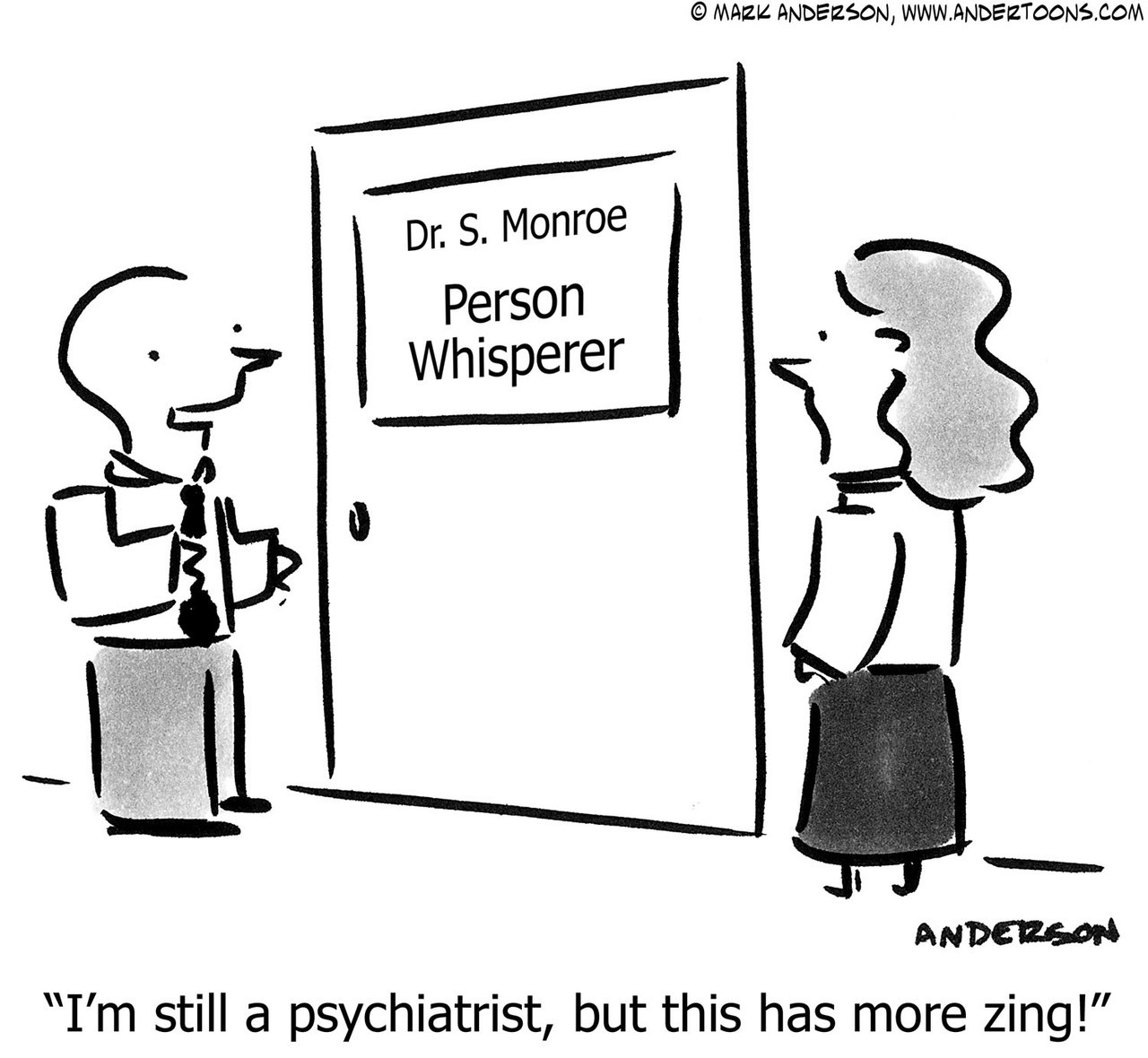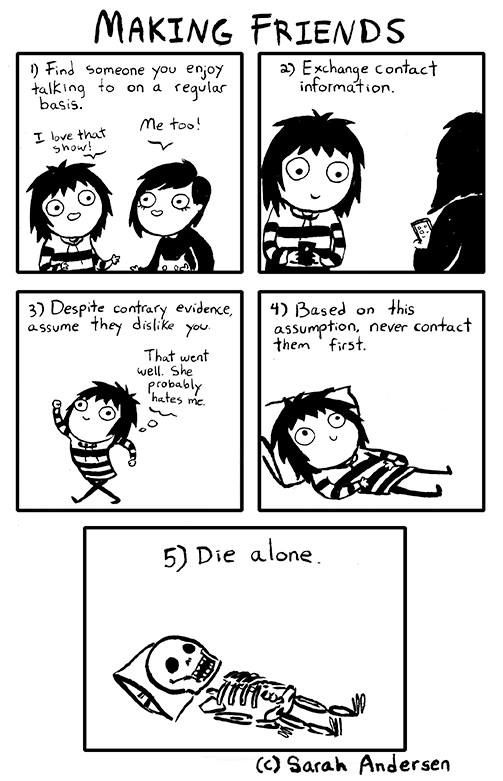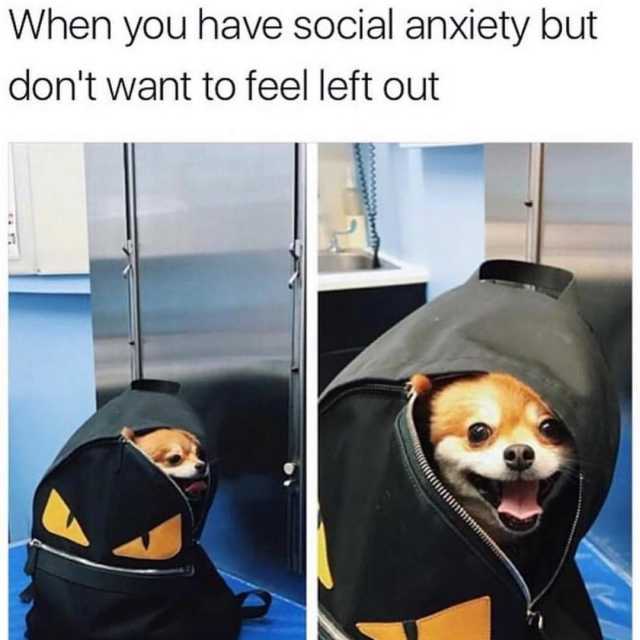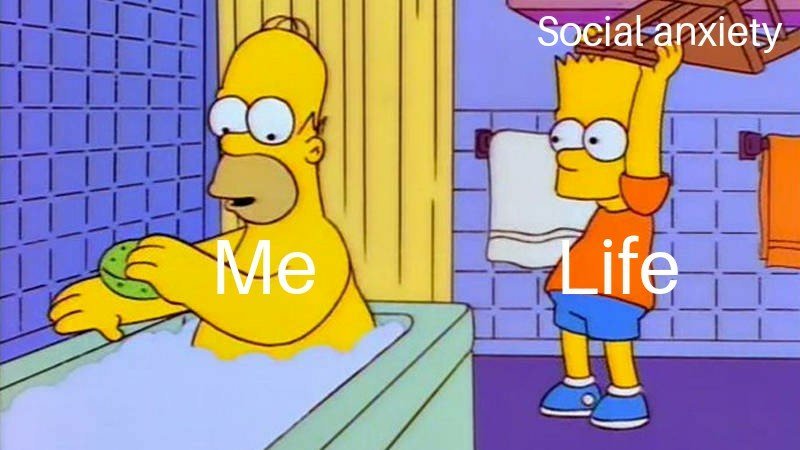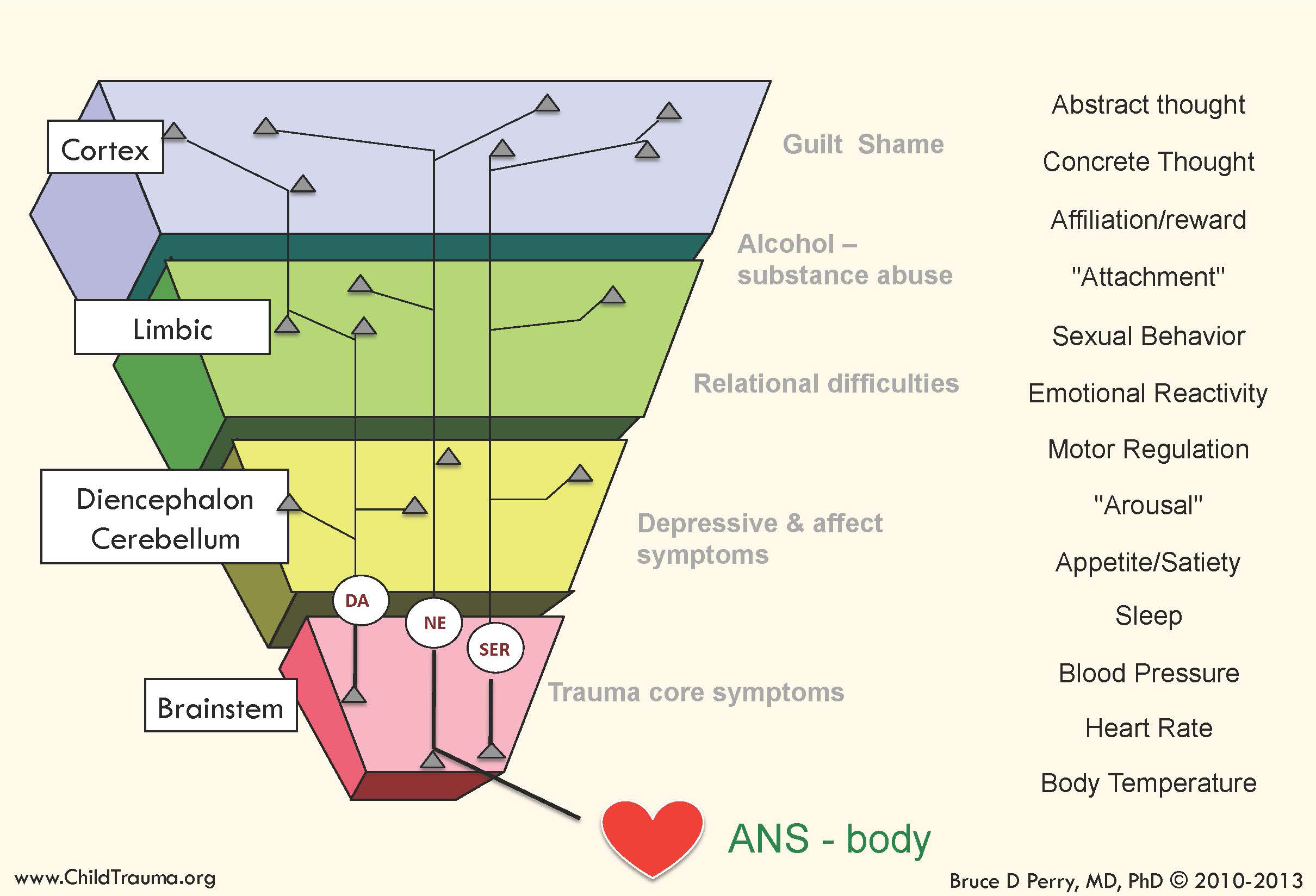Abortion is a controversial issue…obviously. It’s dumb to even write that sentence. We all know that this is one of THOSE issues. And because it’s one of THOSE issues, it rarely gets talked about with the nuance it deserves. There is a lot that goes into talking about abortion, legalities, healthcare, and more. I can’t and won’t speak about the medical methods of abortion and it’s safety. You can get that here or a more detailed study here. For more general information about abortion, Guttmacher is a good place to start.
What I can talk about, and what many of these other resources don’t really address adequately, in my humble psychologist opinion, is Mental Health and Abortion.
One of the reasons I think this is never adequately addressed and picked apart is the felt need to reassure people that there is not risk to mental health following abortion. And that is true, which I’m going to talk more about. However, in reducing argument to a “yes or no” matter, many voices are left out.
Pro-lifers will very often claim that women suffer from Post Abortion Syndrome (PAS) years after abortion. In response, Pro-Choice people, I think in an overly reactive way, insist that there is no negative or mental health effect of abortion and everyone one is always fine. I wanted to spend some time to really pick that apart.
If you’re a TL;DR person, here’s the quick: There is NO EVIDENCE that abortion itself leads to an increase risk of mental health symptoms. But the conditions under which pregnancy and abortion happen (pre-existing conditions, trauma, reason for abortion) can effect one’s mental health.

Let’s start at the beginning-ish. America’s obsession with proving that abortion led to mental health problems began with Ronald Reagan (everyone feign shock!). In 1987 Reagan ordered the then Surgeon General, C. Everett Koop, to complete a report on the psychological effects of abortion. After a lengthy review of the existing evidence, Koop sent an official letter declining to issue a report. His 1989 letter stated “…obstetricians and gynecologists had long since concluded that the physical sequelae of abortion were no different than those found in women who carried to term or who had never been pregnant.” (This quote is cited from the APA’s 2009 meta-analysis. I could not find the original for free, but the APA’s sourcing is pretty consistent with everything else I found.) The letter goes on to discuss how individual women’s experience will always be different but, on the whole, the risk to mental health is minuscule.
Obviously after this was released, there was a watershed of research into abortion and mental health (including one of my wonderful supervisor’s extensive dissertation). Researchers seeking to prove a relationship between abortion and mental illness claimed to have evidence of PTSD symptoms in women who sought abortions. The term/diagnosis “Post Abortion Syndrome” was coined. This was reported to be experienced by women who underwent abortions and had severe negative reactions, which they then repressed, and experienced intrusive thoughts, guilt, and reduced responsiveness. This was labeled “a public health crisis” and often used by pro-life groups, churches, and conservative politicians (and still is) to argue that abortion was dangerous to women.
The problem with this argument is simple: the research around PAS sucks. One meta-analysis often cited from 2011 found that women were at a major risk for mental health consequences following an abortion. Unfortunately, this study has been harshly critiqued by researchers since its publication. One researcher stated that the 2011 study’s results were “invalid” due to not following the accepted research guidelines for meta-analysis. Mainly it has been criticized for how it selected the studies to include in the meta-analysis. For example, excluding studies that controlled for or excluded women with pre-existing mental health conditions, ones that excluded data on post-partum depression, etc. Although many studies have linked abortion to mental health risk, those that have failed to address confounding factors, such as the conditions under which the individual sought abortion, pre-existing conditions, history of trauma, age, autonomy in the decision of abortion, and when in the pregnancy they sought abortion. Also, many of these studies were retrospective, asking women who already reported high levels of stress and poor adjustment to their abortion, to describe their symptoms up to 40 years after having the abortion.
When more rigorous research has been done no significant differences in mental health effect has been found. Again, this needs to be dug into a little bit deeper. Because there are many factors that go into an individual’s circumstances and treatment before and after receiving an abortion that CAN effect mental health, such as Abortion Stigma, circumstances of the pregnancy, circumstances of the abortion, treatment by the community, how wanted the pregnancy was, when in the pregnancy the abortion occurred, and, again, pre-existing mental health and personality factors.
One long-term study that I came across a lot and found incredibly useful in researching this post was The Turnaway Study (rather than linking, I’m just going to advise you to google this study. Several publications came from the data, all are worth reading, but I’ll cite a few). This was a 5 year-study that followed women who experienced unintended pregnancies and their choices, including obtaining an abortion, seeking but not being able to get an abortion, and carrying the child to term and keeping the child. It also looked at the factors that women considered when seeking an abortion. Unsurprisingly, most women cited multiple factors; but primary contenders were financial reasons (40%), timing (36%), partner-related reasons (31%), and need to focus on other children (29%).
Most researchers and doctors will tell you that women consider a lot before choosing to move forward with an abortion, and some of these factors are going to feed into whether or not women experience significant distress following the procedure. First, whether or not the pregnancy was intended must be considered. Women who undergo abortions following a wanted pregnancy (most often for health-related reasons, either the health of the mother or the fetus), do tend to experience more distress. Ellie Lee conceptualized this as the experience of an intense grief for the loss of a child. Women who sought pregnancy and planned for the arrival of a child, who struggled with unresolved grief, often in a culture where the processing of this grief is often unwelcome. Lee also described this as more akin to women who experience miscarriages than the women who undergo elective abortions.
Before going into what happens after abortion, in order to understand mental health in a real, well-rounded way, we have to look at pre-pregnancy health and the conditions of the pregnancy. A lot of what I’m citing here comes from two meta-analyses, here and here, as well as the Turnaway Study. Factors that correlate with higher rates of unplanned pregnancy tend to be the same as those that correlate with higher life stress in general, including low income, minority status, lower level of education attainment, less access to healthcare. Age is another major factor. Pregnancy at a younger age is generally associated with higher levels of stress for SO MANY reasons. The conditions under which pregnancy occurred also feed into levels of distress felt. Clearly, if pregnancy occurs under coercion or sexual assault vs. consensual sex in a healthy relationship, things are going to be a bit different.
Looking at the context of relationships, existing mental health and lifestyle stability, and health are necessary to get a full picture of what someone’s experience with abortion is. Adult women who sought medical abortions, under a doctor’s care, and of their own free choice, reported few to no mental health symptoms. Some studies have also found a slight increase in self-esteem following abortion under these conditions.
What leads to higher levels of distress and mental health symptoms is pre-existing instability in lifestyle, poverty, lack of healthcare, rape and sexual assault, being coerced into getting an abortion, stigma, and loss of supports following an abortion. Women who were in abusive relationships or who felt coerced into getting an abortion reported higher rates of depression, distress, and anxiety.

Another factor that was found to increase distress following an abortion was getting an abortion later during the pregnancy. About 90% of abortions occur in the first trimester. Later term abortions often occur because a fetal abnormality or health problem has been identified. Another reason why abortion often occurs later in the pregnancy term is restrictive abortion laws that force people to travel long distances and wait several days before being able to obtain an abortion. Many people struggle to pay for abortions (which makes it more difficult when you recall that financial problems are a main reason that individuals cite for having and abortion). Barriers to abortion and being denied an abortion has been found to be more damaging to women than being able to safely obtain an abortion in a healthy, supportive environment.
It’s also important to address what happens, socially, after an abortion. Research on stigma has shown that women feel that they have to keep their abortion a secret from friends, family, and loved ones. They fear judgment and losing the support of others; in fact, they report that this was a bigger source of distress than the abortion itself. Women want and need support. Lee and others have referenced Judith Herman’s (heart, everyone should read Judith Herman) conceptualization of “disenfranchised grief” when talking about women not feeling able to openly process and cope with any distress or questioning they might be experiencing.
When we look at the “consequences” of abortion, we also have to address what we are comparing. There may very well be distress that goes with an abortion. However, that must be compared to the distress that can also come with carrying the pregnancy to term, whether for adoption or to keep the child. Carrying the child means facing a major life change, a different level of stigma, and potential for post-partum depression. The best research I found were studies that compared outcomes for women who made different choices. And those studies all found that choosing abortion did not leave women at a higher risk than any other choices.
What is often discussed in politics and media as a “yes/no” question, becomes a huge, entangled web of systemic and personal issues. And in order to support reproductive health and choice, we have to address all of these issues and provide adequate resources. That includes ACCESS TO ABORTION AND REPRODUCTIVE HEALTHCARE, accurate information, elective counseling, stigma reduction, and community support. Individuals need to offer support to loved ones who are pregnant and those who have elected to have abortions. Doctors need to be judgment free and affirming to all of their patients. Therapists need to be well-versed in addressing issues of pregnancy, reproduction, and abortion. Communities need to be open, free from judgment, and affirming of individuals.
I could go on about other political and medical questions about abortion. But I’m going to stay in my lane and affirm this fact: There is no direct correlation between mental illness/PTSD and abortion.

